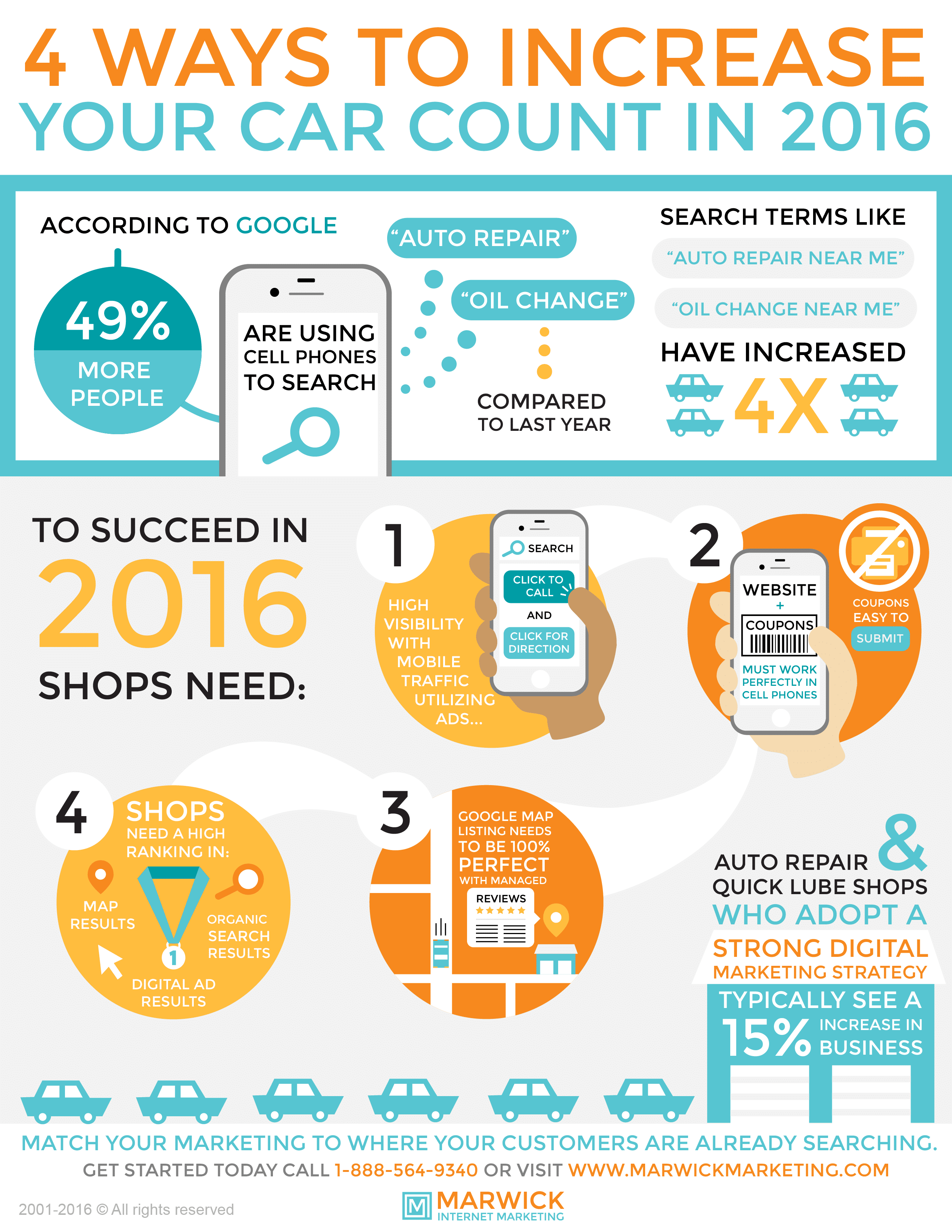A Fundamental Overview To Comprehending The Caution Lighting On Your Vehicle
A Fundamental Overview To Comprehending The Caution Lighting On Your Vehicle
Blog Article
Article By-Ditlevsen Kruse
When you lag the wheel, those little caution lights on your car's dashboard can be fairly bewildering. What do they indicate, and should you be concerned? Comprehending these signals is important for your lorry's health, but it does not need to be a difficult job. By deciphering the secret behind each light, you'll be furnished to manage potential concerns effectively and keep your cars and truck running smoothly. So, following time a warning light flashes, do not panic - arm on your own with understanding and take control of the situation.
Value of Automobile Caution Lights
Understanding the relevance of your automobile's caution lights is critical for keeping your car's health and wellness. These lights act as your auto's communication system, signaling you to potential issues that might endanger your security when driving or cause costly repair services if disregarded. By taking note of these warnings, you can deal with problems early and protect against further damage to your vehicle.
Neglecting advising lights can lead to serious consequences, such as engine failing, brake breakdowns, or even crashes. These lights are created to alert you of problems varying from low tire pressure to engine breakdowns, offering you the opportunity to take action before the scenario worsens. Frequently examining and comprehending these cautions can save you time, cash, and ensure your safety while driving.
In addition to maintaining you secure, responding immediately to alerting lights can additionally help lengthen the life expectancy of your cars and truck. By attending to issues beforehand, you can avoid small problems from intensifying right into major repair work, eventually conserving you time and money over time. Bear in mind, your auto's warning lights are there for a factor - do not disregard them!
Common Caution Lights and Meanings
When it pertains to driving your cars and truck, knowing typical warning lights and their definitions is vital for your safety and security and car maintenance. Here are a couple of usual warning lights you may encounter:
1. ** Examine Engine Light **: This light suggests an issue with your engine. It could be something small like a loosened gas cap or something more significant like engine misfiring.
2. ** Battery Light **: This light signals a problem with your auto's billing system. It could indicate a damaged battery, alternator, or various other related elements.
3. ** Oil Stress Light **: When this light comes on, it implies your engine may be running low on oil or experiencing low oil stress, which can result in engine damage otherwise addressed without delay.
4. ** Brake System Light **: This light indicates an issue with your braking system. It could imply low brake fluid degrees or an issue with the brake system that calls for immediate interest.
Understanding these common caution lights will certainly assist you identify possible issues beforehand and protect against more significant troubles in the future.
Exactly how to React To Warning Lights
In the event that a warning light brightens on your car's control panel, it's important to respond quickly and properly. When a caution light begins, the initial step is to consult your proprietor's handbook to comprehend the certain issue shown by the light.
Some lights call for prompt focus, while others may suggest a less immediate matter. If the warning light is red or flashing, it's usually a sign of a severe problem that needs instant activity. In elite auto repair , it's suggested to pull over safely, shut off the engine, and seek specialist help.
For browse around this site or orange warning lights, while they may not need prompt interest, it's still crucial to deal with the underlying concern immediately to prevent further damage. Regular maintenance and assessment can assist prevent alerting lights from beginning unexpectedly.
Final thought
Finally, recognizing your auto's warning lights is essential for maintaining your car's health and safety. By regularly examining and responding to these cautions, you can address potential issues early and prevent expensive repairs or security dangers. Keep in mind to consult your proprietor's manual for info on different warning lights and constantly take immediate activity for red or flashing lights. Stay proactive and maintain your auto running smoothly!
